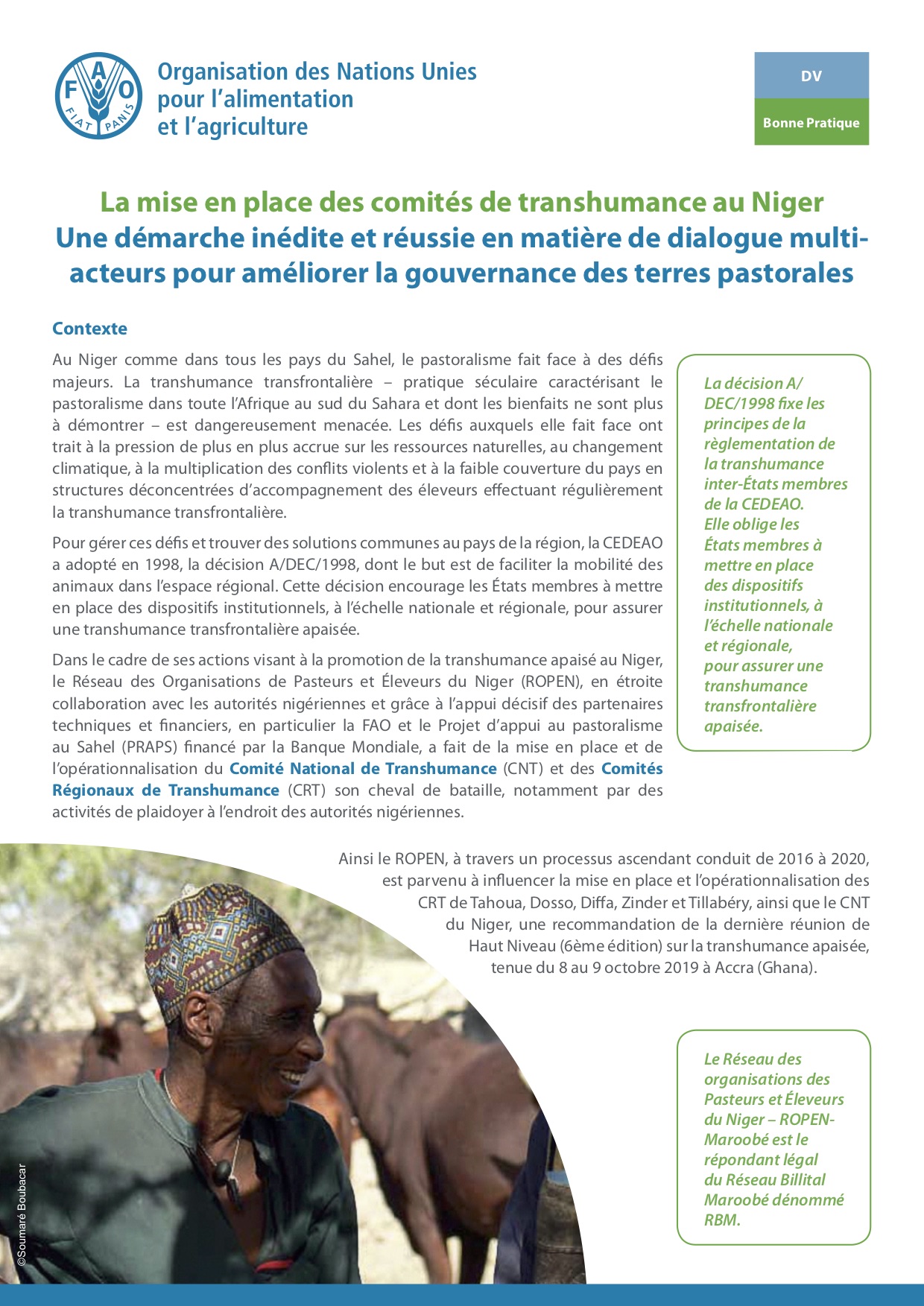Drought Impacts, Coping Responses and Adaptation in the UK Outdoor Livestock Sector: Insights to Increase Drought Resilience
Drought has detrimental impacts on crop and livestock farming systems worldwide, but less attention has been given to outdoor livestock systems, particularly in humid temperate regions.










